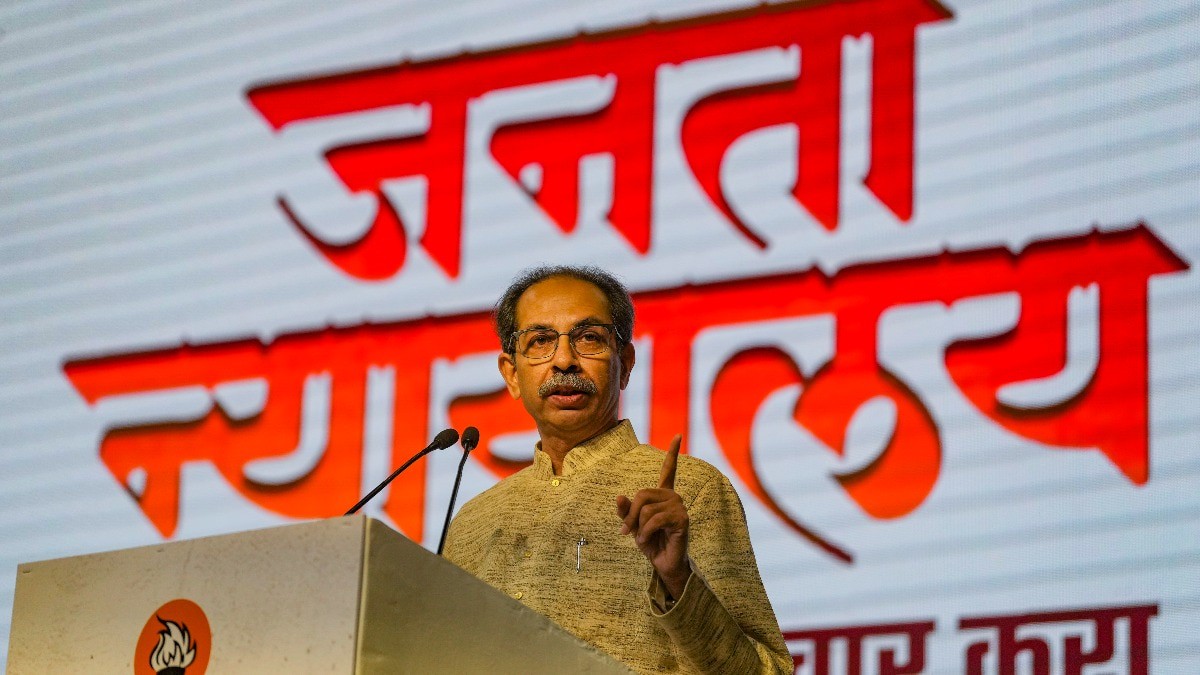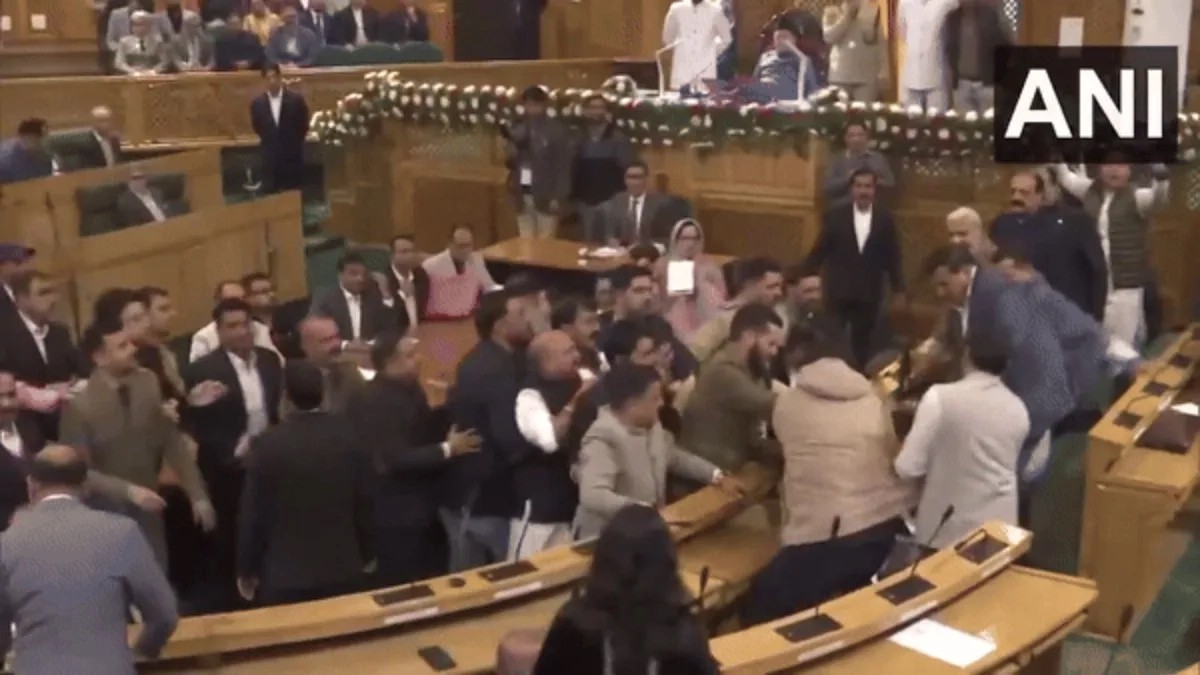Supreme Court’s order went up in smoke during Diwali celebrations. On Sunday night, on the occasion of Diwali, there were a lot of fireworks from Ghaziabad to Delhi and from Faridabad to Gurugram. Despite the ban on firecrackers in Delhi-NCR, the explosions continued till late night. The result is in front of everyone on Monday morning. Delhi’s air has once again turned bad. The average AQI in Delhi was 286 at around 6 am today. While AQI was recorded at 290 in Noida. This situation is at a time when just 24 hours ago a significant improvement in the air quality of the national capital was recorded.
Due to the rain on Friday and strong winds on Saturday, there was a significant improvement in the air quality of the national capital on Sunday. On Sunday morning the air quality had improved to around 200 AQI. This was the first time in the last eight years that Delhi’s air was so clean. But as evening came and people started lighting fireworks after lighting Diwali lamps, the air of Delhi once again turned bad. By 10 o’clock in the night the entire atmosphere of Delhi was covered with smog. At many places, people even experienced burning sensation in the eyes or difficulty in breathing.
Also read: There is no pollution in many cities of the country, know where you can breathe freely
According to the report released from the Central Pollution Control Board, the level of PM 2.5 was recorded up to 593 mgcm in RK Puram, Delhi on Sunday night. In the same report, it has been told that around 7 pm on Sunday evening, the level of PM 10 had increased to 272 and that of PM 2.5 to 240 in Anand Vihar. The air level on Monday morning was recorded in the poor category. According to the report, AQI 296 has been recorded in Anand Vihar. Whereas 290 has been recorded in RK Puram and 280 in Punjabi Bagh. Similarly, the air quality at ITO has been recorded at 263.
Also read: So much pollution, still why do farmers burn stubble?
On the other hand, there was a surge in cases of stubble burning in Punjab on the occasion of Diwali. According to the report, cases of stubble burning have been recorded at a total of 987 places in Punjab. Of these, maximum stubble has been burnt in Sangrur district. Here, cases of stubble burning have been identified at 308 places on satellite. Earlier on November 11, 109 cases were registered here. On November 10, stubble was burnt only at 6 places in Punjab. However, it was believed that the stubble was not burnt on November 10 due to rain. Till now, a total of 24717 cases of stubble burning have been reported in Punjab.




